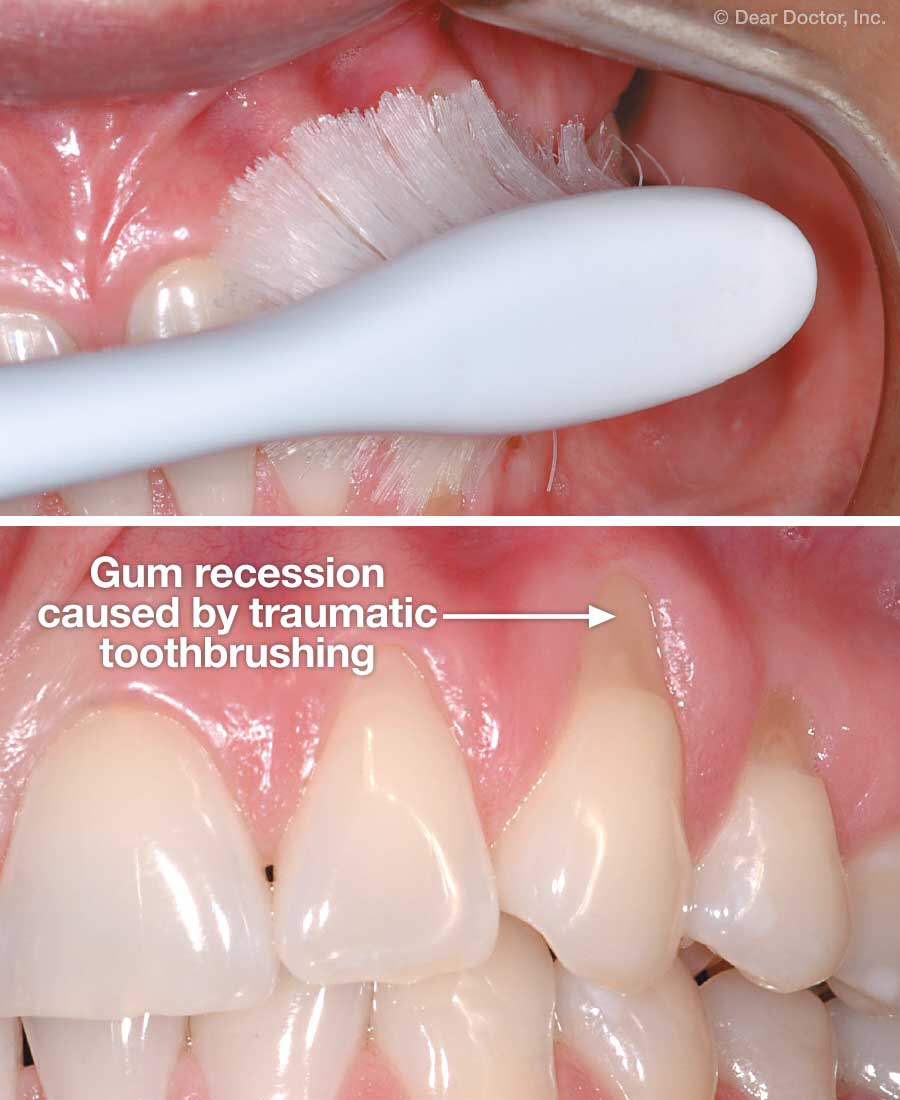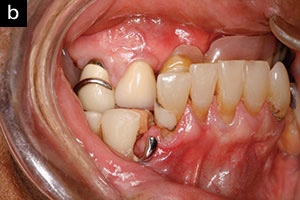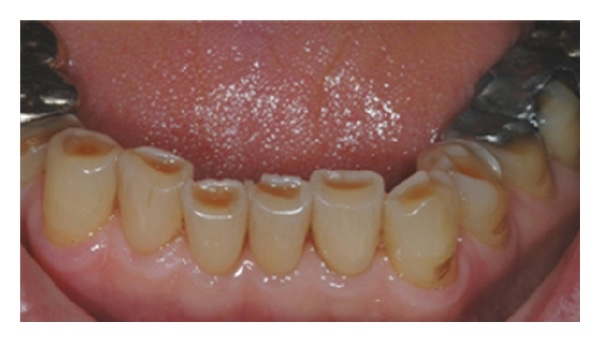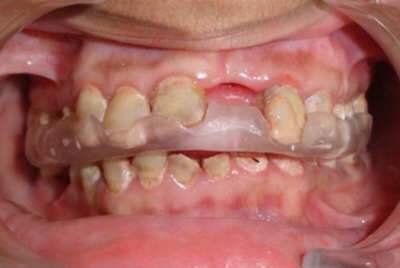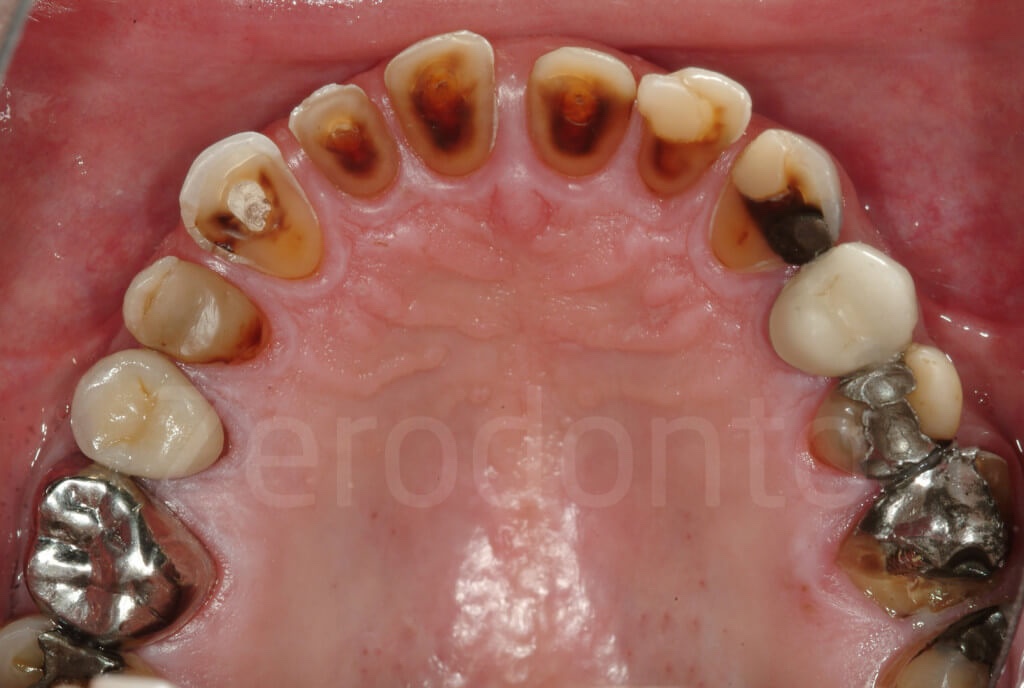Defination
In simple words, It’s a microbial infection of heart valves or lining of endocardium.
The microbial organism can be bacteria or parasite or fungus or rickettsia or chlamydia.
Let’s check out different types!
- Subacute Bacterial Endocarditis
- Acute Infective Endocarditis
- Post Operative Endocarditis
- Right Sided Endocarditis
What’s Subacute Endocarditis?
- It is caused by relevantly low virulence organisms like streptococcus viridan
- It mainly effects
- damaged heart valves
- MacCallum plaque which is irregular thickness usually found in the left atrium in patients with rheumatic fever
- Also, Low pressure areas of heart
- What are the Characteristics Features? It’s simple 4 points 🙂
- Formation of vegetation
- Emboli formation
- Mycotic aneurism
- Valvular Regurgitation
What is Acute Infective Endocarditis?
- It is caused by high virulence organism like staph. aureus
- It effects both normal and damaged valves
- Doc, you need to be careful cause clinical course can be fatal if untreated within 6 weeks!!
- What are the Clinical features? How is it different from subacute?
- Valve destruction is greater
- Abscess formation is common
- Valve cusp perforation can also occur
What is Post-operative Endocarditis?
- As the name indicates, during cardiac surgery, the patient develops infective endocarditis
- What is a prosthetic valve? It’s an artificial valve replacing the mitral or aortic valve
- It mainly affects the prosthetic valves, especially aortic valve
- Source of infection- staph epidermis
- Generally, within 3-60 days of a health care facility admission, the nosocomial infections will cause endocarditis
- It accounts for 20% of Infectious Endocarditis. So, provide clean facilities in hospital, doc.
- Typically, it is associated with invasive procedures like dental procedures and intravenous access.
What is Right-sided Endocarditis?
- Who is mainly affected? Intravenous drug addicts
- It is caused when they share a syringe with other people during drug abuse
- Source of infection: staph aureus and candida present on the surface of the skin
- So, the microorganisms enters into the body through veins during drug abuse.
- The right side of the heart is affected, especially tricuspid valve.
- Larger bloodborne particulate matter in IV drug abusers typically deposits on the tricuspid valve.
- Remember, tricuspid valve is rarely involved in other causes of Bacterial Endocarditis
- Generally, the clinical course will be subacute or chronic or insidius.

